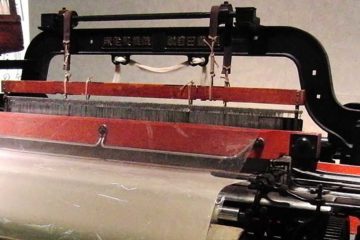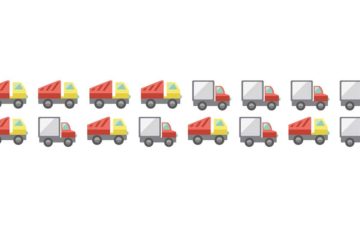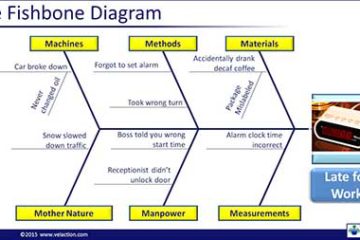Quick Tips
5 Whys Analysis
Getting to the Root Cause of a Problem 5 Why’s Analysis is a problem solving tool designed to get to the heart of a problem. In theory, it is simple. Ask ‘Why’ something happened five times until you can’t come up with another underlying reason—hence the name, 5 Why’s Analysis. Read more…


